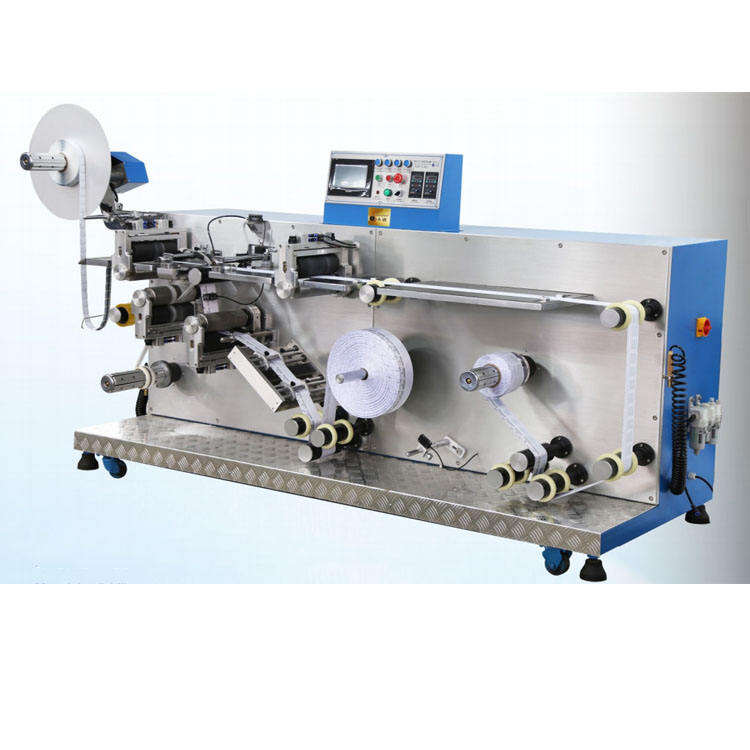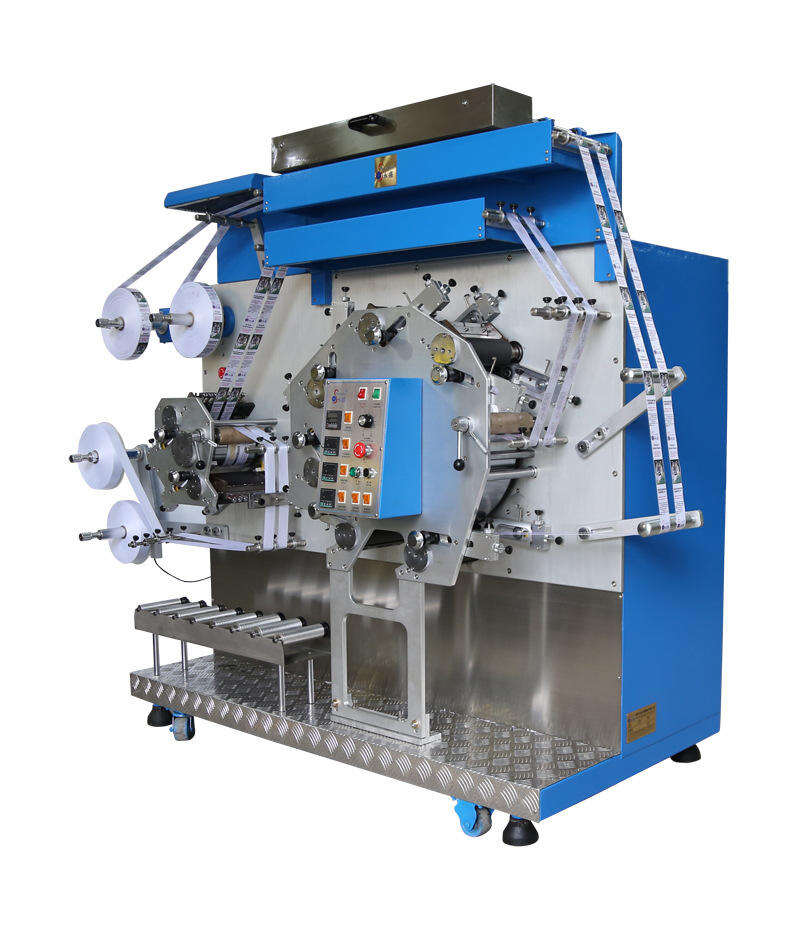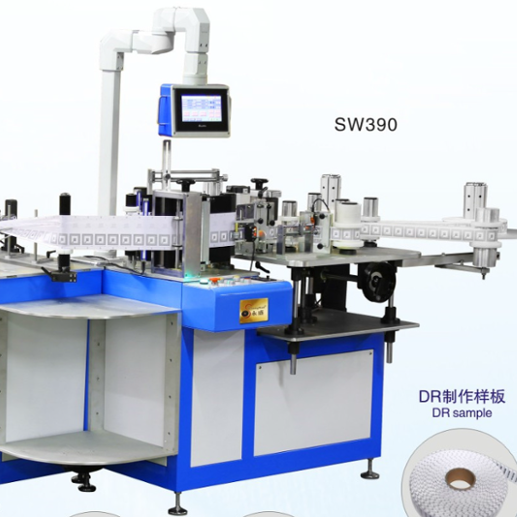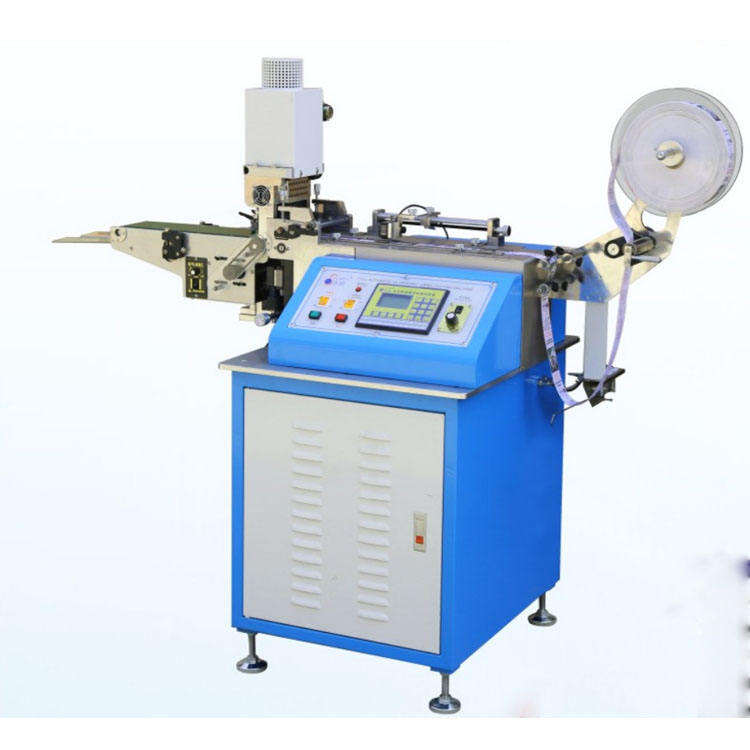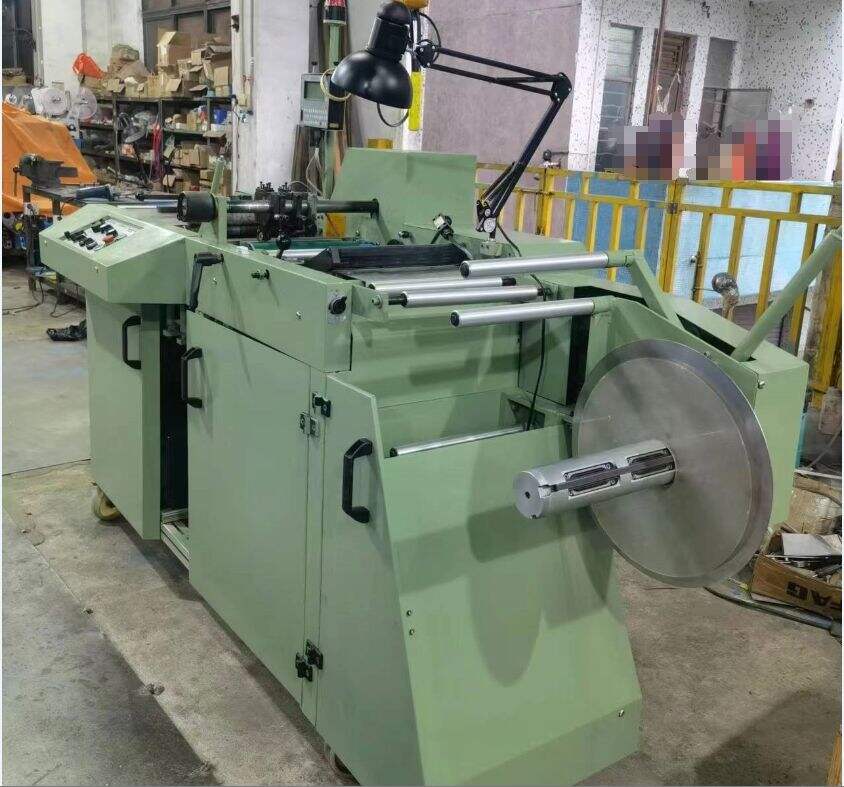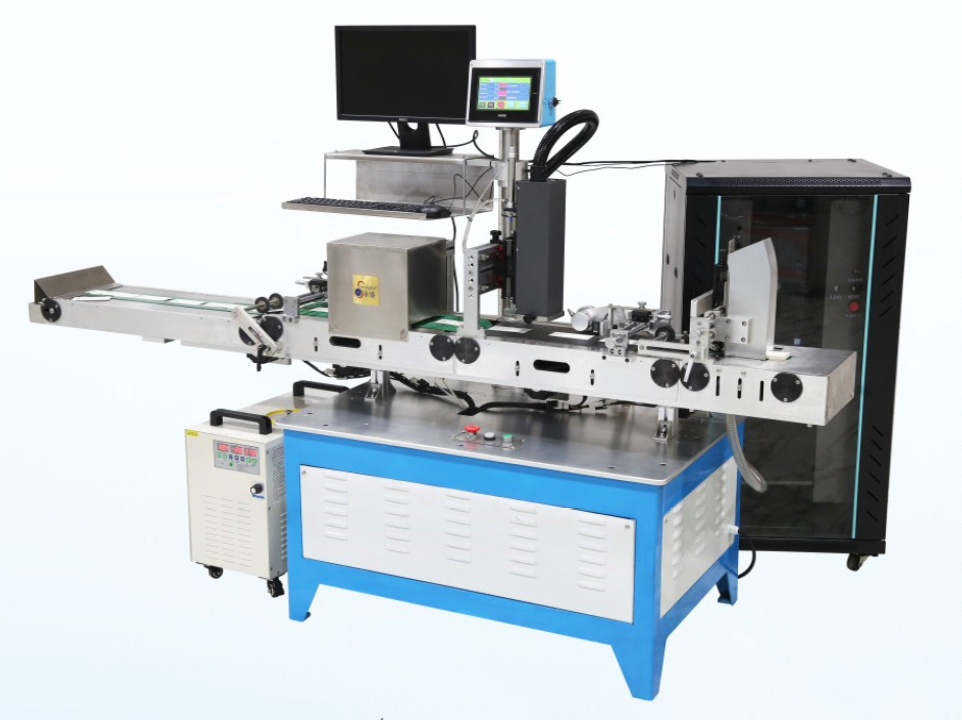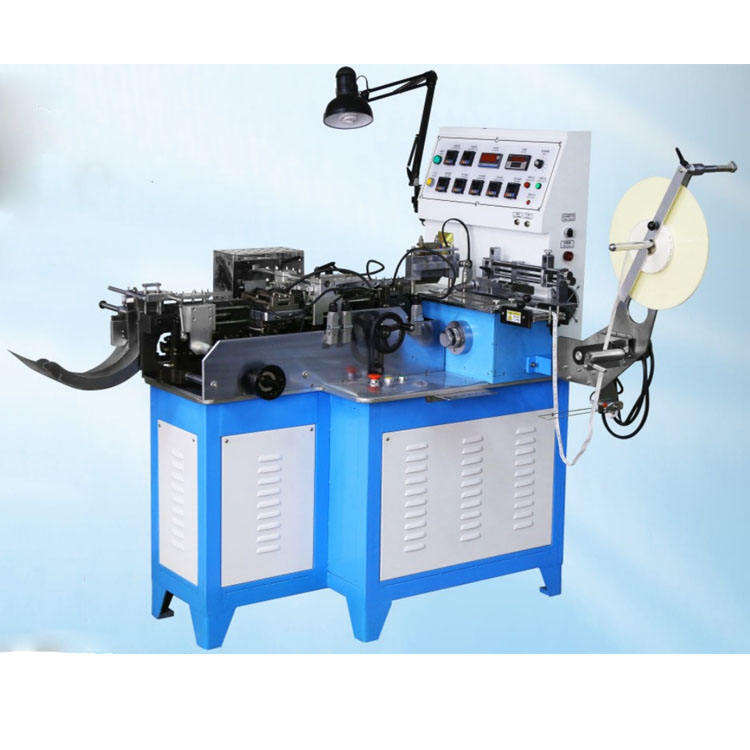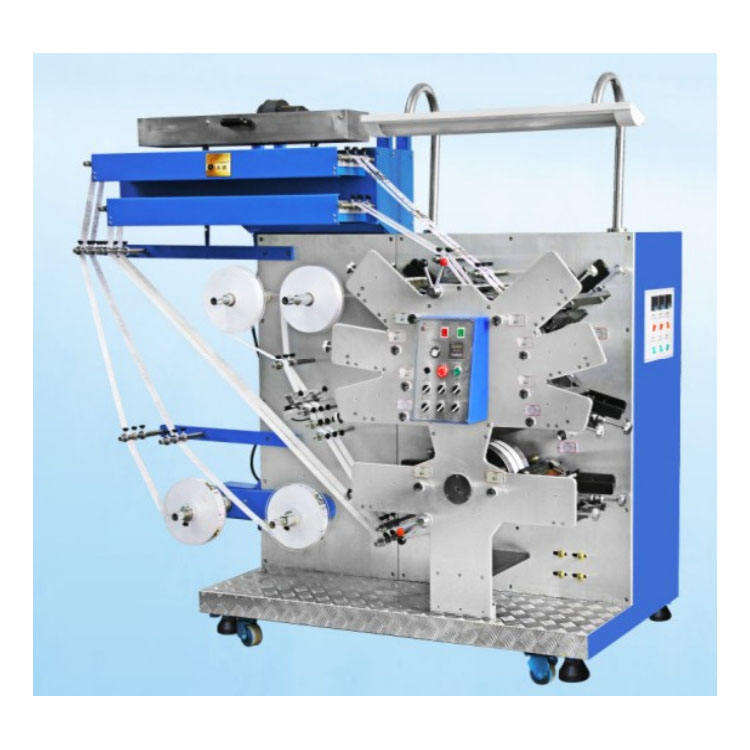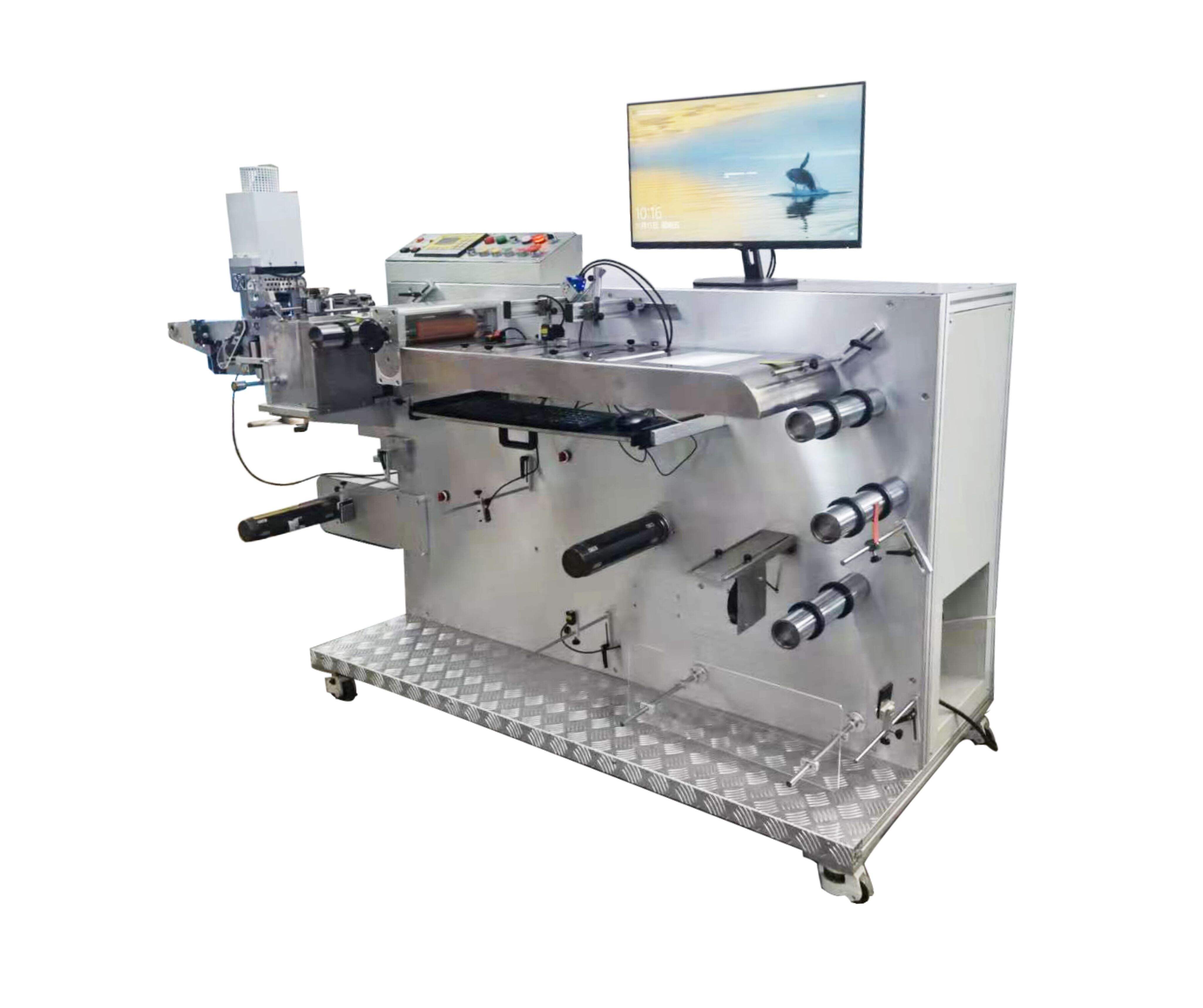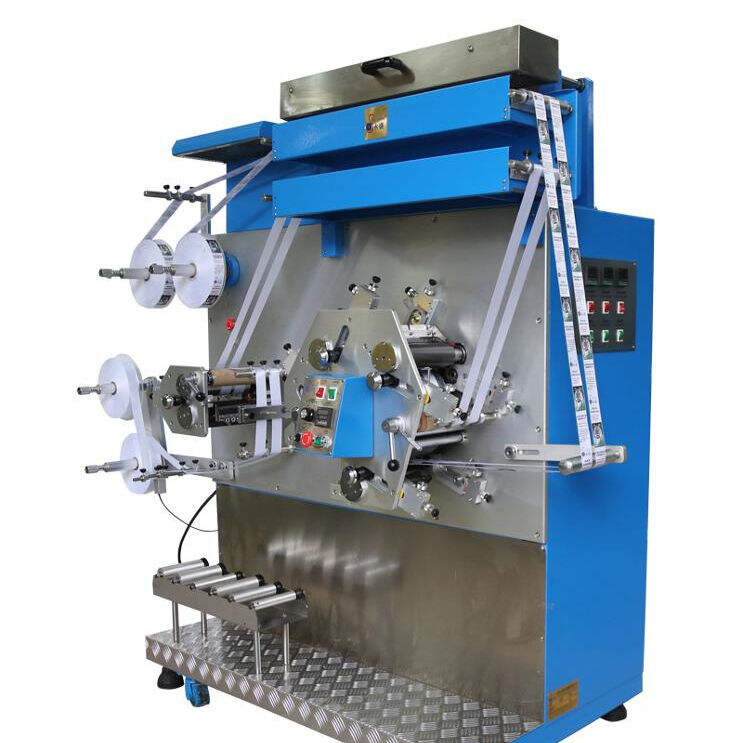The Frontier Of Printing: 3d Printing And Its Industrial Renaissance
The realm of printing technology has witnessed a paradigm shift with the advent of 3D printing, a process that has redefined the boundaries of manufacturing and prototyping. This article delves into the latest advancements in 3D printing and explores its revolutionary impact on various industries.
3D Printing: The Third Dimension of Innovation 3D printing, or additive manufacturing, is a process of creating three-dimensional objects from a digital file by layering materials. This technology has evolved rapidly, with new materials and methods emerging, expanding its applications beyond mere novelty to practical, industrial use.
Materials and Methods: Beyond Plastic Initially, 3D printing was synonymous with plastic models, but today’s printers work with an array of materials, including metals, ceramics, and even living tissue. Innovations like selective laser sintering (SLS) and fused deposition modeling (FDM) have opened new avenues for production, enabling the creation of complex, durable, and functional objects.
Implications for Manufacturing: Customization and Efficiency The implications of 3D printing for manufacturing are profound. It allows for the customization of products without the need for expensive molds or tooling, drastically reducing the time and cost associated with traditional manufacturing. Small businesses and individual entrepreneurs can now prototype and produce with unprecedented agility, leveling the playing field against larger corporations.
Prototyping: Rapid Design and Iteration In the realm of prototyping, 3D printing has become an indispensable tool. Designers and engineers can quickly iterate on their ideas, testing form, fit, and function in a fraction of the time it once took. This rapid prototyping accelerates the development cycle, enabling faster innovation and time-to-market for new products.
Environmental Impact: A Sustainable Future? 3D printing also holds the potential for a more sustainable manufacturing future. By building objects layer by layer, it minimizes waste compared to subtractive manufacturing processes. Moreover, the ability to produce parts on-demand and on-site reduces the carbon footprint associated with shipping and storage.
Challenges and Future Prospects Despite its promise, 3D printing faces challenges, including the need for standardized materials, improved speed, and scalability for mass production. However, ongoing research and development are addressing these issues, promising a future where 3D printing plays a central role in manufacturing, healthcare, construction, and beyond.
Conclusion: A Revolution in the Making The advancements in 3D printing technology are revolutionizing the industry, offering a glimpse into a future where the limitations of traditional manufacturing are overcome. As we continue to push the boundaries of what’s possible, 3D printing stands as a beacon of innovation, transforming how we create, build, and imagine the world around us.
Recommended Products
Hot News
-
Reflect On The Cultural Significance Of The Printing Press In Preserving And Disseminating Knowledge
2023-12-08
-
The Role Of The Printing Press In The Global Economy
2023-12-08
-
Environmental Impact: Analyzing The Environmental Footprint Of The Printing Industry
2023-12-08
-
The Frontier Of Printing: 3d Printing And Its Industrial Renaissance
2023-12-08
-
The Evolution And Impact Of The Printing Press
2023-12-08
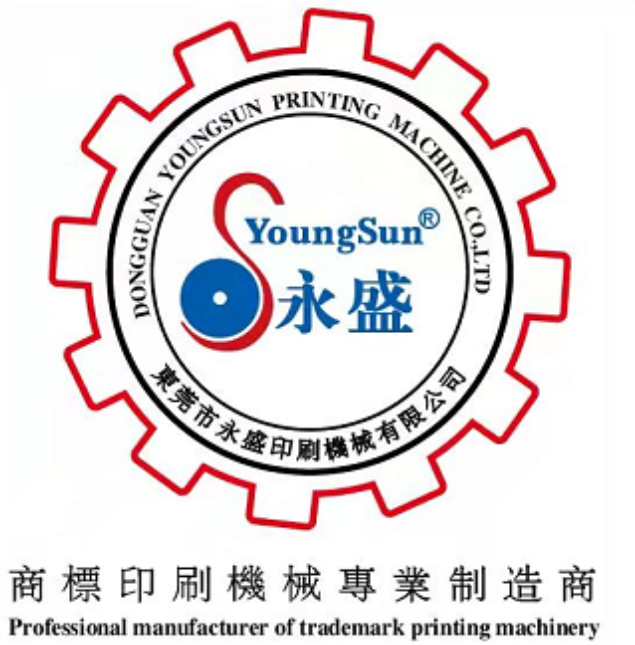
 EN
EN
 AR
AR
 CS
CS
 DA
DA
 NL
NL
 FI
FI
 FR
FR
 DE
DE
 EL
EL
 HI
HI
 IT
IT
 JA
JA
 KO
KO
 PL
PL
 PT
PT
 RO
RO
 RU
RU
 ES
ES
 SV
SV
 IW
IW
 ID
ID
 VI
VI
 SQ
SQ
 HU
HU
 MT
MT
 TH
TH
 TR
TR
 AF
AF
 GA
GA
 BN
BN
 BS
BS
 LO
LO
 LA
LA
 MI
MI
 MN
MN
 NE
NE
 MY
MY
 KK
KK
 UZ
UZ
 KY
KY
